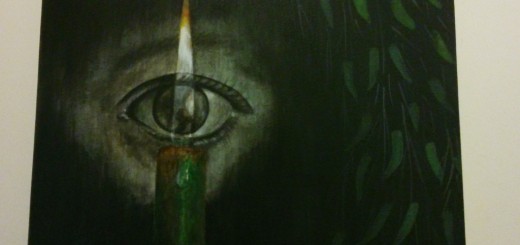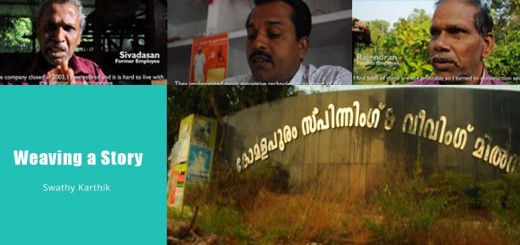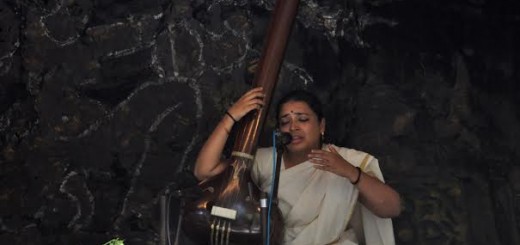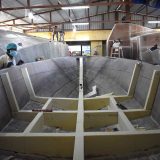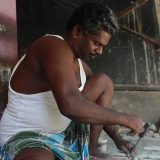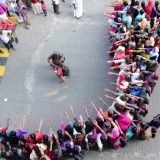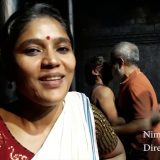Threads of Banaras
Banarasi silks are of four types: brocade, jamdani, tanchoi and jangla. Each differs from the other in terms of design. Brocade is usually made by weaving gold and/or silver threads into the cloth material. Jamdani is the most common adornment during the wedding season. These silks are not only made for dress materials but can also be used as drapes, curtains, table cloths, etc.
But this exquisite skill is losing its creators for many reasons. More and more people prefer other materials like satin, linen, etc, which are lighter than Banarasi silk, thus reducing the overall demand for the product. Price of Banarasi Silk is much higher compared to Chinese and Surat silk, which has also decreased the number of prospective customers. This has rendered more than 50,000 weavers jobless, while most others are living below the poverty line. The situation has grown worse since 1995. There are only 40, 000 practicing families compared to 1.5 lakhs a decade ago.
Most of the silk that is used in making these saris comes from China. This is because the silk produced in India is not of uniform thickness because of poor quality of cocoon. The reeling machines used are also redundant. In August 2010, China increased the cost of silk from Rs 1750 to Rs 3200 per kg of silk, a whopping 88% increase, which has added to the agony of the weavers. Another factor has been the presence of Chinese silk marketed and sold as Banarasi Silk, which reduces the sale of the original products. Most of the weavers have shifted to rickshaw-pulling and other low-paying jobs for survival.
The downfall may also be attributed to the fact that the use of Banarasi silk has only been confined into bridal wear and other party wear and was not catered to everyday usage. As materials of interior designing, they can be afforded by people of higher economic classes and rarely by lower economic groups. The Tata group, as a part of corporate social responsibility, has commissioned Varanasi weavers to create uniforms for the frontline, manager and executive staff from the 10 luxury hotels and resorts owned by the group, helping the weavers find a new thread for life. But still much needs to be done to improve the plight of the weavers.
If the declining demand for Banarasi silk is not addressed at the earliest, we might lose the century’s oldest tradition that stretched India’s fame all over the world. It is not just the art of silk weaving alone which is under threat but also the people who earn their living through this ancient art. Let not the hands that create this exquisite material be thrown into the eternal pyre of hunger and destitution.
Photo: Ujjaini
Camera: Raam
Editing: Ujjaini
Guided by: Radhika Khanna
Ujjaini
1st M.A Mass Communication

